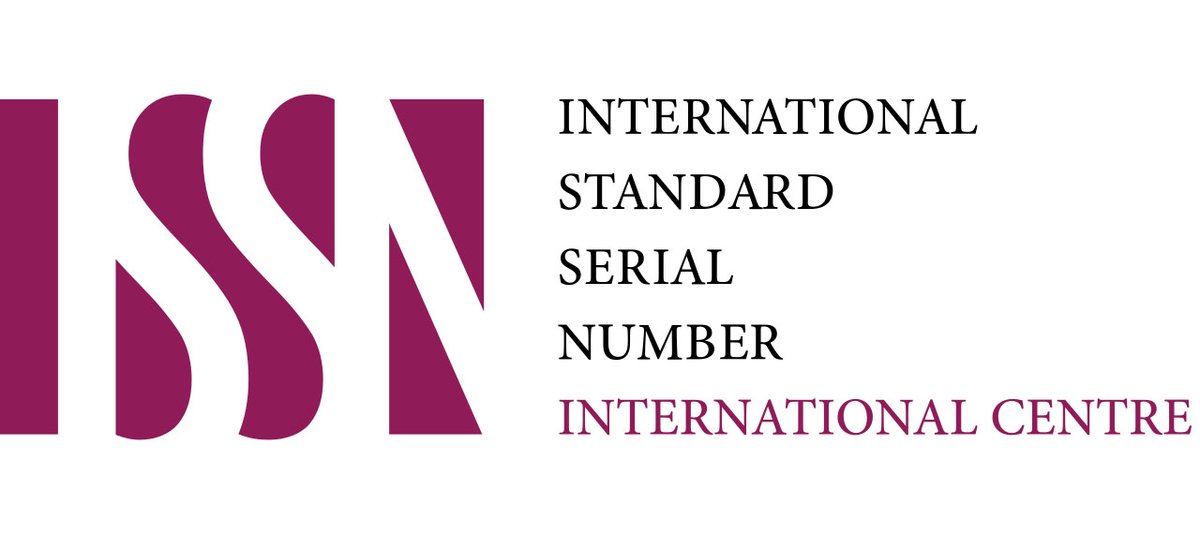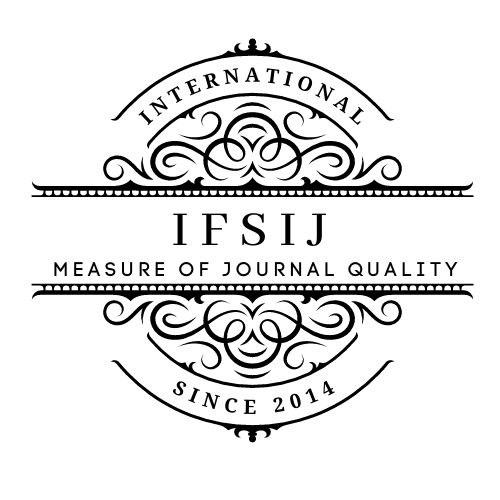EXTRACTION, PURIFICATION AND CHARACTERIZATION OF ROSMATINIC ACID FROM OREGANO (ORIGANUM VULGARE L.) AND USING IT AS AGAINST STREPTOCOCCUS MUTANS CAUSING DENTAL CARIES
Keywords:
Rosmarinus acid, oregano leaves, S. mutansAbstract
Dental caries continues to be one of the most common oral diseases, with a multifactorial and polymicrobial origin. Although Streptococcus mutans has been identified as the primary etiological bacterium in caries research, its effects on the tooth level are still unclear. This study sought to extract rosmarinic acid using an ultrasound-assisted method and methanol as a solvent system for 25 minutes, followed by silica gel chromatography for purification, even though Streptococcus mutans is a significant factor in the initiation and progression of caries. Rosmarinus acid exhibits a maximum absorbance at 330 nm in UV-Vis spectra and a retention period of 2.28 min in HPLC analysis. The presence of carboxyl, hydroxyl, and aromatic ring stretching were detected by FTIR analysis of rosmarinic acid's functional groups, and TLC analysis indicated bright blue spots of rosmarinic acid with an Rf value of 0.5. Streptococcus mutans has a major role in the development and advancement of caries nd the caries-affected patients' tooth plaque contained Streptococcus mutans. These isolates exhibited high antibacterial activity against all tested Streptococcus mutans isolates with 16–128 µg/mL as minimal inhibitory concentrations (MICs), following treatment with pure rosmarinic acid. The acquired results demonstrate the possible uses of Origanum vulgare leaves as a source of rosmarinic acid, which can be used to oral hygiene routines or used therapeutically.
Downloads
Published
How to Cite
Issue
Section
License

This work is licensed under a Creative Commons Attribution-NonCommercial-NoDerivatives 4.0 International License.















